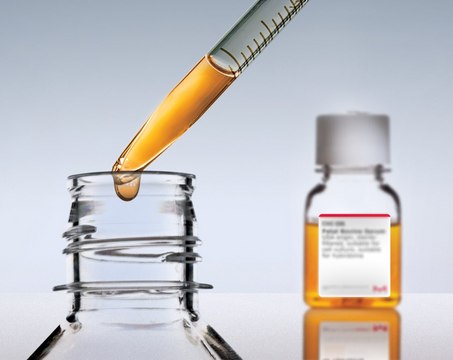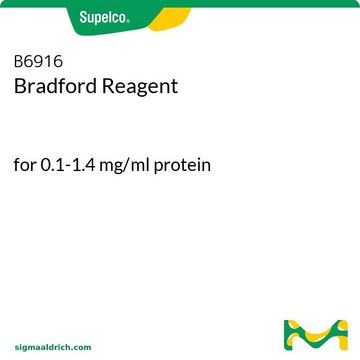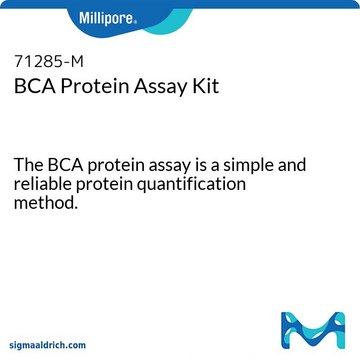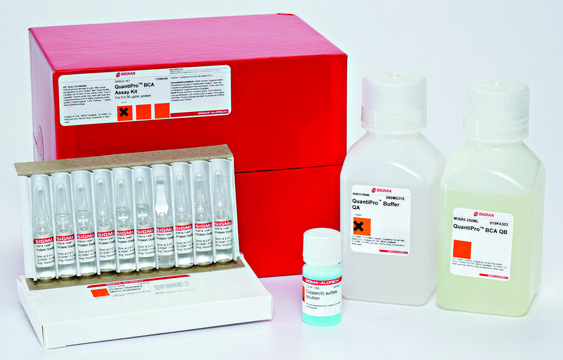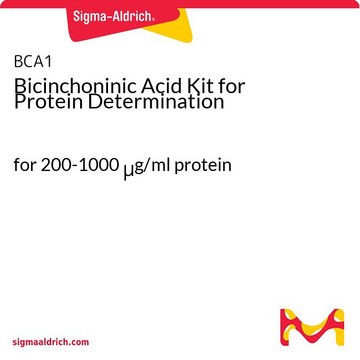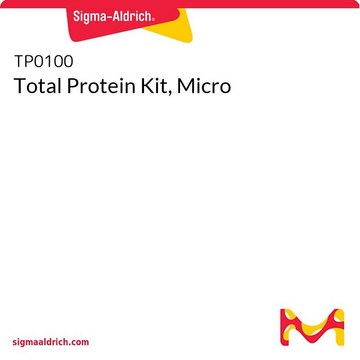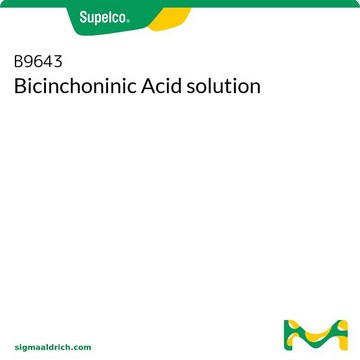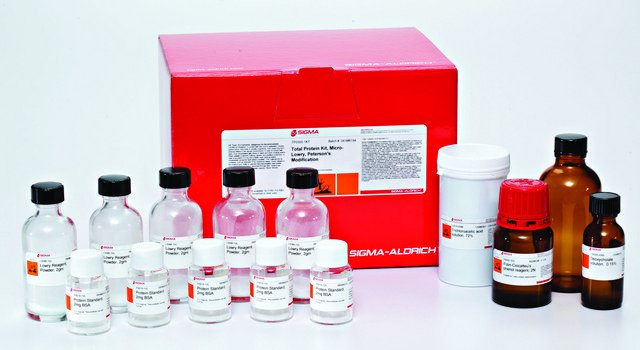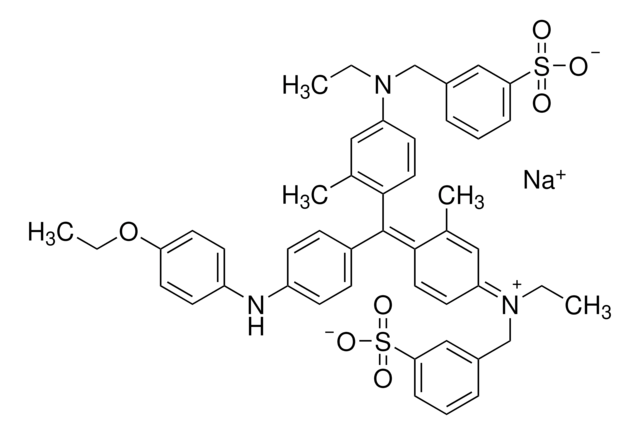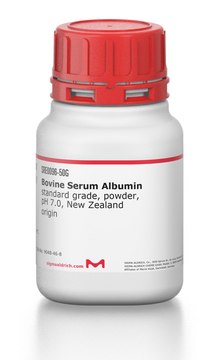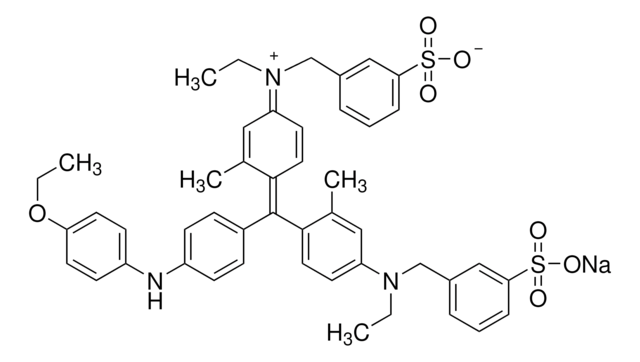Key Documents
Safety Information
Recommended Products
shipped in
wet ice
storage temp.
−20°C
1 of 4
This Item | F8067 | F0679 | 12103C |
|---|---|---|---|
| origin USA origin | origin New Zealand origin | origin non-USA origin | origin USA origin |
| technique(s) cell culture | hybridoma: suitable, cell culture | mammalian: suitable | technique(s) cell culture | hybridoma: suitable, cell culture | mammalian: suitable | technique(s) cell culture | mammalian: suitable | technique(s) cell culture | mammalian: suitable |
| sterility sterile-filtered | sterility sterile-filtered | sterility γ-irradiated, sterile-filtered | sterility - |
| shipped in dry ice | shipped in dry ice | shipped in dry ice | shipped in dry ice |
| impurities ≤25 EU/mL endotoxin | impurities ≤10 EU/mL endotoxin | impurities ≤10 EU/mL endotoxin | impurities ≤10 EU/mL endotoxin |
Application
Features and Benefits
- Yields an intense fluorescent red on protein binding
- Binding is completely reversible making the protein suitable for mass spectrometry and functional assays
- Water soluble proteins may be quantified without using organic solvents
- A large dynamic range, large Stokes shift and highly sensitive
- Highly tolerant of substances commonly interfering with protein quantification
- Biodegradable and environmentally friendly
Other Notes
Legal Information
Kit Components Also Available Separately
- P5619Protein Standard, analytical standard, 2 mg/vial BSASDS
Signal Word
Warning
Hazard Statements
Precautionary Statements
Hazard Classifications
Eye Irrit. 2
Storage Class Code
10 - Combustible liquids
WGK
WGK 3
Flash Point(F)
Not applicable
Flash Point(C)
Not applicable
Regulatory Information
Choose from one of the most recent versions:
Already Own This Product?
Find documentation for the products that you have recently purchased in the Document Library.
Which document(s) contains shelf-life or expiration date information for a given product?
If available for a given product, the recommended re-test date or the expiration date can be found on the Certificate of Analysis.
How do I get lot-specific information or a Certificate of Analysis?
The lot specific COA document can be found by entering the lot number above under the "Documents" section.
Can FP0010, FluoroProfile® Protein Quantification Kit, be used to stain protein gels?
We have not tried using this kit in that particular application.
Can I run Product FP0010, FluoroProfile® Protein Quantification Kit, at 37 °C?
We generally test the kit at ambient temperature, but we expect that customers can use this kit at 37 °C.
I don't have black plates. Can I use white plates with Product FP0010, FluoroProfile® Protein Quantification Kit?
We strongly recommend use of black plates for the fluorescence readings. White plates are more suitable for luminescence and diminished sensitivity with this kit is extremely likely with white plates.
How do I find price and availability?
There are several ways to find pricing and availability for our products. Once you log onto our website, you will find the price and availability displayed on the product detail page. You can contact any of our Customer Sales and Service offices to receive a quote. USA customers: 1-800-325-3010 or view local office numbers.
What is the Department of Transportation shipping information for this product?
Transportation information can be found in Section 14 of the product's (M)SDS.To access the shipping information for this material, use the link on the product detail page for the product.
My question is not addressed here, how can I contact Technical Service for assistance?
Ask a Scientist here.
Our team of scientists has experience in all areas of research including Life Science, Material Science, Chemical Synthesis, Chromatography, Analytical and many others.
Contact Technical Service